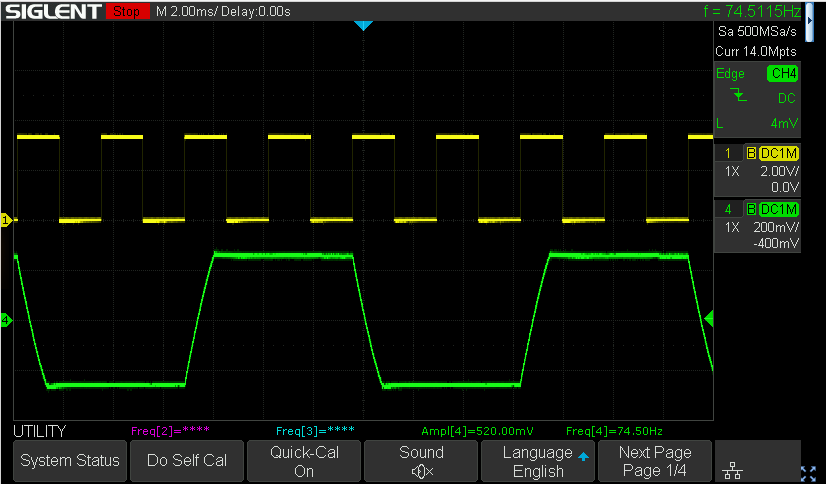Hello.
We've tested the DRV8424PWPR with a stepper motor rated for 1.7A maximum current.
In full-step mode with a motor phase current of 1.7A, which corresponds to a VREF of 68%, when the driver is powered by 24V, without using a heat sink, after 5 minutes of operation the driver temperature reaches 102 °C.
For this operation mode the calculated power dissipation, which was determined as the difference between the power of the power supply and the output power of the motor driver 5.41 W. This value is much higher than the value calculated in 8.2.4.1.4 Total Power Dissipation of the datasheet - 1.644 W.
Note that the calculation of TI was made for current of 2A.
When we used a motor phase current of 2.5 A, which equals to the maximum output current of DRV8424, the driver works for no more than 10 seconds, then goes into protection.
The question is how to get an 2.5A phase current DRV8424 without additional heatsink?



